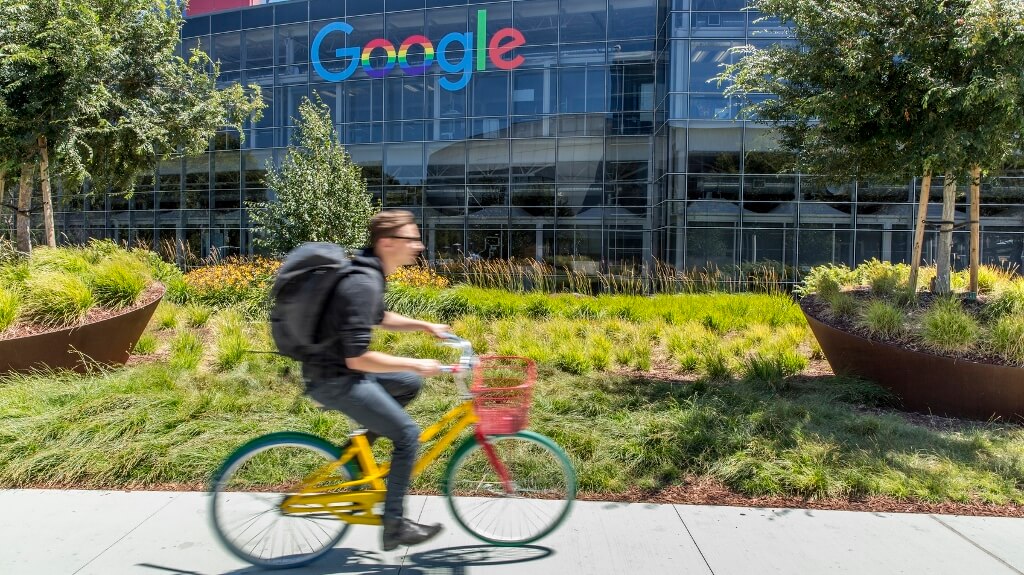Purchases on Google speed up transaction times, suggesting efficiency is a major draw for consumers.
What Can Retailers Learn From Purchases On Google?
Purchases on Google speed up transaction times, suggesting efficiency is a major draw for consumers.

Google quietly introduced the beta version of Purchases on Google in the middle of May this year to users in the US. The feature allows users to click a ‘Buy on Google’ call-to-action on product ads within the search engine results page and directs them to a purchasing page created and hosted by Google.
Right now, the option is available to Android users in the States and can be requested from Google’s Merchant Centre program.
The goal, according to the search engine giant when it first announced the feature two years ago , is to reduce friction when making purchases on mobile devices. In the usual online customer purchasing journey, users are directed to the merchant’s ecommerce page after searching for the product online.
With Purchases on Google, that journey is shortened as users can perform a payment transaction using information stored within their Google Pay account. By eliminating the need to move to another webpage in order to input or retrieve credit card information, the customer journey is shortened and made more efficient.
This is significant because according to Google, the percentage of people using mobile devices to search for a product online before purchasing is now at 64 percent, up from 56 percent in 2014.
While the 'path to purchase' has evolved with the growth of online shopping, a 2017 study by KPMG shows a typical online transaction as a cyclical path beginning when customers first become aware of - or have a desire for - the product.
This is then followed by a consideration stage as they begin researching for the product online or offline. Once they know what they want, conversion occurs as a decision is made regarding where and when to purchase the product.
Lastly, once the purchase has been received, the buyer evaluates their purchase and the cycle begins again. Essentially, ‘Purchases on Google’ combines the consideration and conversion stages of a customer’s ‘path to purchase’ into a single easy platform.
This latest innovation ostensibly spells good news for both customers and retailers: by containing the entire purchasing journey within the Google platform, it will now take less time and effort for users to make a purchase. In turn, retailers will worry less about losing customers along the way.
However, with increased customer benefits come greater retailer responsibilities.
Without the need for customers to visit retailers’ shopping pages (and to therefore become immersed in the retailers’ branding), retailers now have to worker harder to meet customers’ increasing expectations in terms of the quality of the product, efficiency of service, and options for delivery and returns. This service effectively becomes the brand.
The challenge then is to strengthen each point of the purchase fulfilment journey within the business to make it as efficient and reliable as Google’s purchase platform. Once purchases come in, inventory systems need to be ready to fulfil orders and keep stocks in check.
Delivery services must also be scaled appropriately to ensure stable and consistent service from all stakeholders within the chain. Offering options for priority delivery, as well as real-time tracking may also provide customers with an added premium to their purchasing experience.
Getting it right is critical. Research by P2P Mailing has shown that experiencing delays or delivery problems just twice or more would convince 87 percent of people to switch to another supplier. And retailers must also consider the returns process.
According to Harris Interactive, 85 percent of online shoppers said that they will stop buying from a retailer if the returns process is a hassle whereas, conversely, 95 percent stated that they will return to the same internet retailer if the return process is deemed convenient.
Innovations, such as “Purchases on Google” are designed to enhance the customer experience by shortening the path to purchase. However, retailers should first guarantee that all back-office processes within the organisation are efficient and reliable before embracing the latest platforms.
Today’s consumers expect purchase and delivery processes to be faster and more convenient. Increasingly, retailers are consulting third party experts in order to develop end-to-end fulfilment systems that meet these demands.
Paul Galpin is managing director of P2P Mailing.
Thanks for signing up to Minutehack alerts.
Brilliant editorials heading your way soon.
Okay, Thanks!


